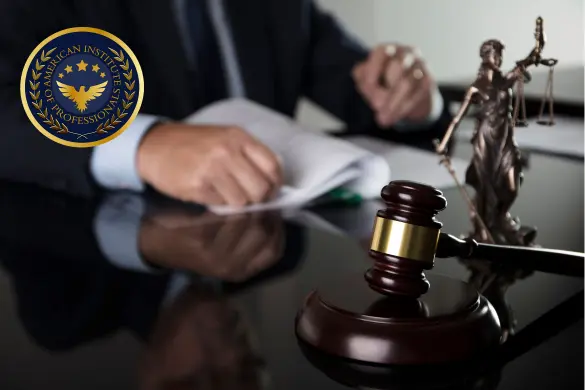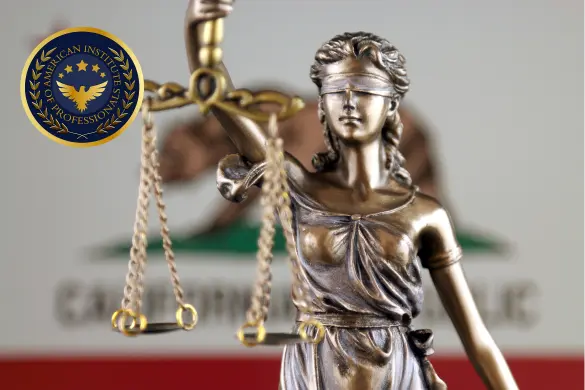Navigating the aftermath of a personal injury in California can be an overwhelming experience. Beyond the physical pain and medical bills, there’s often emotional distress and mental anguish to contend with. If you’ve found yourself in this situation, understanding how to file a pain and suffering claim is crucial.
Keep reading to understand the legal process, the specific requirements under California law, and how a personal injury lawyer in California can effectively navigate this process to secure the compensation you deserve.
Understanding Pain and Suffering
Before delving into the process of filing a California accident claim, it’s essential to grasp what exactly constitutes pain and suffering in the eyes of the law. In personal injury cases, it encompasses various forms of physical and emotional distress experienced by the victim as a result of the injury, like:
- Physical Pain: This includes physical injuries and suffering resulting from the injury, such as pain from broken bones, cuts, bruises, or other bodily harm.
- Emotional Distress: Emotional injuries refer to the psychological impact of the injury, such as anxiety, depression, fear, or humiliation experienced by the victim due to the incident.
- Impact on Enjoyment of Life: Chronic pain and suffering can significantly affect the victim’s ability to carry out daily activities, work, engage in hobbies, or maintain relationships, diminishing their overall quality of life.
Facing pain and suffering after an accident?
Legal Basis for Pain and Suffering Claims
In California, compensation for pain typically stems from a personal injury claim based on the legal principles of negligence, intentional torts, or strict liability.
Negligence
Most personal injury lawsuits arise from incidents where someone’s negligence caused harm to another person. Negligence occurs when a person fails to exercise reasonable care, resulting in injury or damage to another party.
To succeed in a negligence claim, the plaintiff must establish that the defendant owed a duty of care, breached that duty, and caused the plaintiff’s injuries.
Intentional Torts
In some cases, these claims may arise from intentional acts committed by the defendant. Intentional torts occur when a person deliberately harms another or engages in conduct they know will likely result in harm.
Examples of intentional torts that may lead to pain and suffering claims include assault, battery, false imprisonment, and intentional infliction of emotional distress.
Strict Liability
Certain cases may involve strict liability, where a person or entity is held responsible for harm caused by their actions or products, regardless of fault or intent. In strict liability cases, the focus is on the act itself rather than the defendant’s state of mind.

Calculating Damages
Understanding how damages are calculated is essential when pursuing a pain and suffering claim in California. Several factors influence the result, each contributing to the overall assessment of compensation.
- Severity of Injuries: The extent and severity of the bodily injuries sustained significantly determine the value of pain and suffering damages. More severe injuries that result in more significant physical pain and emotional distress typically warrant higher compensation.
- Duration of Recovery: The time it takes for the victim to recover from their injuries also influences the calculation of pain and suffering damages. Prolonged recovery periods often result in increased compensation to account for the extended period of pain and suffering endured by the victim.
- Impact on Quality of Life: The impact of the injuries on the victim’s daily life is crucial in calculating pain and suffering damages. This includes factors such as the inability to engage in activities previously enjoyed, limitations on mobility or independence, and emotional trauma experienced as a result of a permanent injury.
Other Considerations
- Medical Expenses: The type and extent of medical treatment required for accident injuries, including surgeries, rehabilitation, actual damages, and ongoing therapy, may also affect the calculation of pain and suffering damages.
- Pre-existing Conditions: Pre-existing medical conditions or injuries exacerbated by the incident may complicate the calculation of certain types of damages. However, victims are still entitled to compensation for the additional pain and suffering caused by the incident.
- Comparative Fault: California follows a comparative fault system, where damages may be reduced if the victim is found partially at fault for the incident. However, even if the victim shares some responsibility, they may still be entitled to compensation for the pain and suffering attributable to the defendant’s actions.
Conclusion
Filing a pain and suffering claim requires a comprehensive understanding of the legal process and the factors influencing compensation. From establishing the legal basis for your claim to calculating damages based on the severity of injuries and impact on your quality of life, each step is crucial in seeking fair compensation for the harm and non-economic damages you’ve endured.
If you’ve been injured due to another party’s negligence or intentional actions, don’t hesitate to contact a personal injury lawyer in California for assistance. With their expertise and support, accident victims can navigate the legal system with confidence and work towards securing the settlement negotiation they are entitled to.





